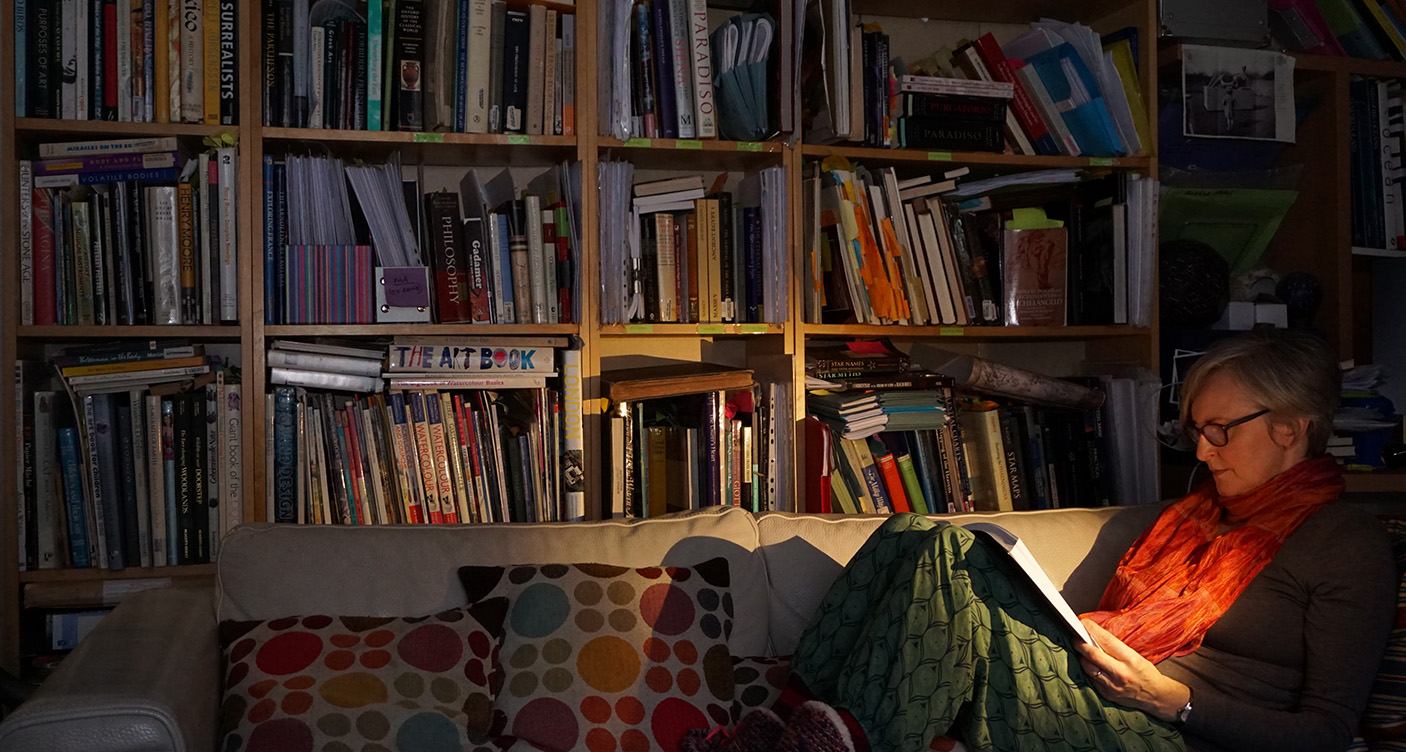

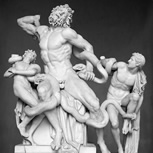
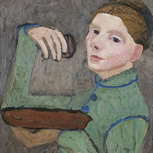
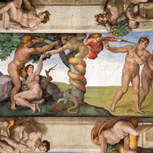
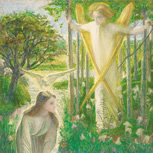
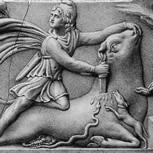

Rebecca Jelbert is currently studying for a PhD in art history at De Montfort University, focusing on the work of Henry Moore. Rebecca first became interested in art history whilst at art college, and during a PGCE teacher training course her passion for the subject was reignited. After gaining a first-class honours degree in Bristol, Rebecca became an illustrator and professional painter. She finds that working as a practicing artist has helped her to make connections that other scholars may have missed.
Rebecca has had a number of articles published in peer-reviewed journals, including The Burlington Magazine and Dante Studies (Johns Hopkins University Press), the majority of which can be downloaded from ResearchGate.net. Rebecca’s new book, Michelangelo’s Puzzle, builds on previous scholarship that unveils the Vatican’s Laocoön Group as a forged antiquity created by Michelangelo. Drawing on the traditional link between Laocoön and the constellation of Ophiuchus, Michelangelo was able to depict the famous sculpture within the context of a hidden star map on the Sistine Chapel’s ceiling. The book includes a foreword by Noah Charney, founder of the Association for Research into Crimes against Art (ARCA). It is published by Bloomsbury Academic (2025).

Details of images above: Laocoön Group. Roman copy after a lost Greek original. (Vatican Museums, Rome); Self-portrait with a bowl and a glass, by Paula Modersohn-Becker. c.1904. (Sander Collection); Fall and Expulsion, by Michelangelo Buonarroti. 1509-1510. (Sistine Chapel ceiling, Rome); The Annunciation, by Dante Gabriel Rossetti. 1855. (Agnew’s Gallery, London); Drawing of Mithraic tauroctony. Roman. (Relief: Museum Centrale Montemartini, Rome); Libyan Sibyl, by Michelangelo Buonarroti. 1509. (Sistine Chapel ceiling, Rome).
Jelbert, R. (2017) ‘Paula Modersohn-Becker’s self-portraits and the influence of Dante Gabriel Rossetti’, The Burlington Magazine, 159, pp. 617–22.
In this article, Rebecca argues that Paula Modersohn-Becker’s self-portraits were inspired, in part, by Dante Rossetti’s portraits of female models.
Jelbert, R. (2019) ‘Aping the Masters?: Michelangelo and the “Laocoön Group”’, Journal of Art Crime, (22), pp. 3–16.
Rebecca argues that the pose of the Trojan priest in the Vatican’s Laocoön Group is not consistent with that of other ancient portrayals of the death of Laocoön, and that this sculpture is a forged antiquity created by Michelangelo Buonarroti to prove he had surpassed his ancient masters.
Jelbert, R. (2020) ‘The Medici Coat of Arms and Etruscan Votive Sculpture’, The Coat of Arms: Journal for the Heraldry Society (UK), 3 (237), pp. 190–208.
Rebecca suggests that the Medici coat of arms was initially inspired by Etruscan, votive sculpture.
Jelbert, R. (2021) ‘Henry Moore’s Wartime Drawings (1939-1942) and the Influence of Gustave Doré’s Illustrations for Dante’s “Divine Comedy”’, Dante Studies, 139, pp. 154–87.
This article describes how Henry Moore’s wartime drawings of the Underground and coalmines were inspired by Gustave Doré’s illustrations for Dante Alighieri’s Divine Comedy.
Jelbert, R. (2022) ‘Illuminating Mithraic Iconography: Mithras, God of Light, as the Milky Way’, Culture and Cosmos, 26 (1), pp. 51–78.
Rebecca suggests that the deity in the ancient, Mithraic tauroctony scene (a religious image of Mithras sacrificing a bull) represents the Milky Way, within the settings of a simplified star map.
Jelbert, R. (2023) ‘Infernal War: Dante, Doré and the descent of Henry Moore’, in ‘Moore and Mining’ Research Symposium. St Albans Museum and Gallery, Hertfordshire.
Rebecca was invited to present a paper based on her 2021 article in Dante Studies.